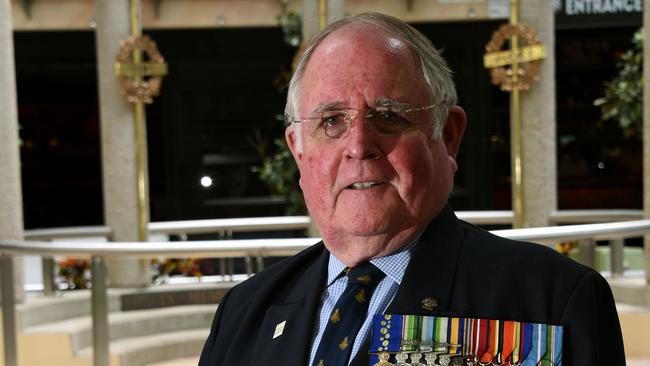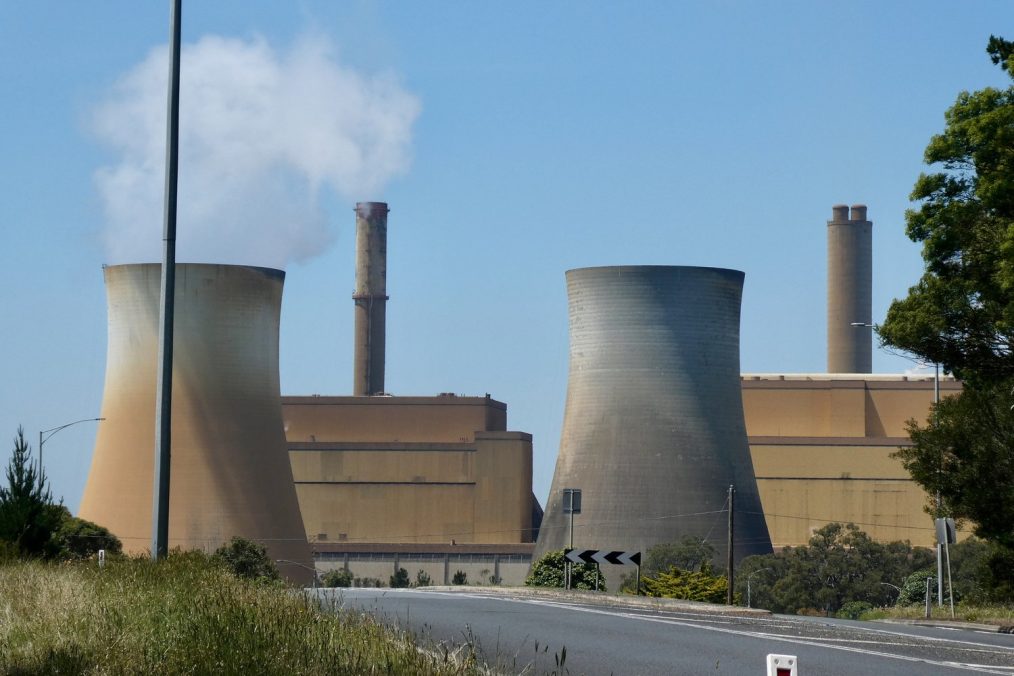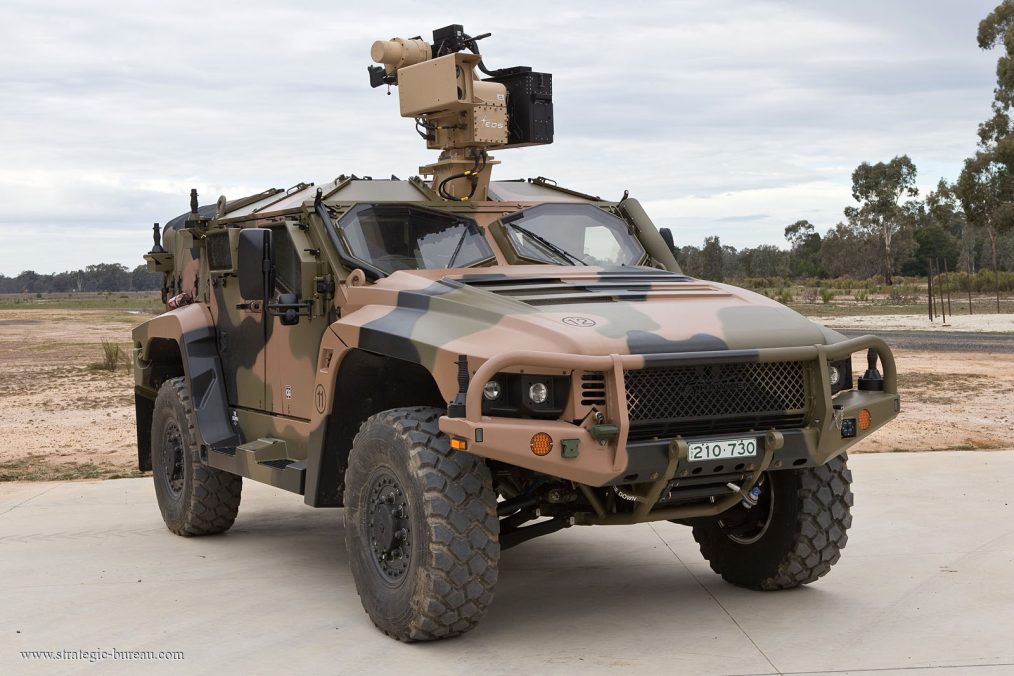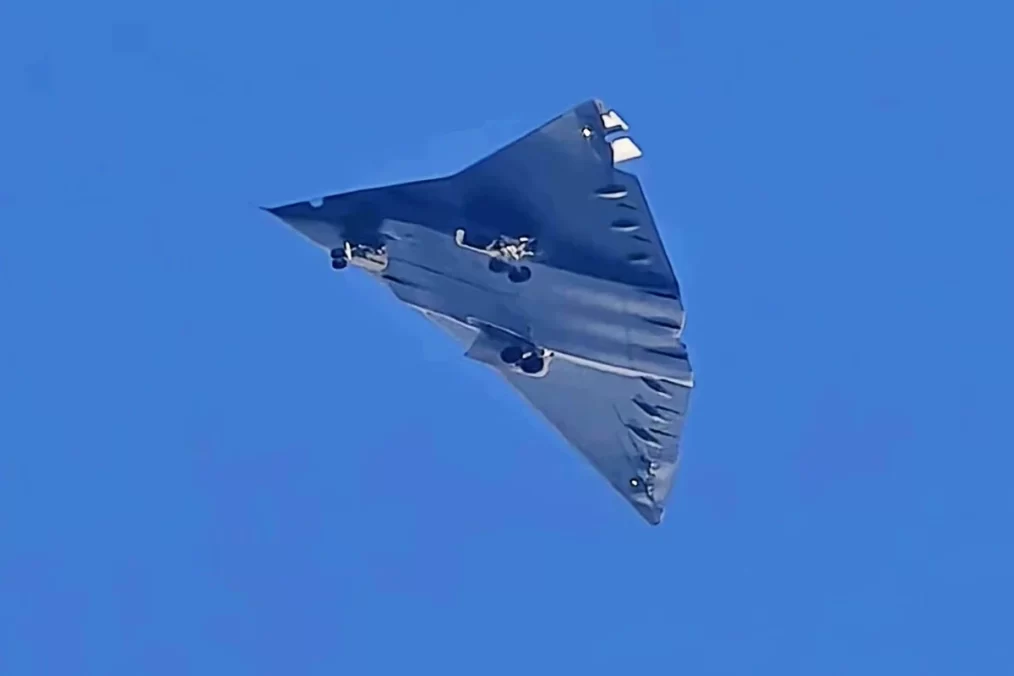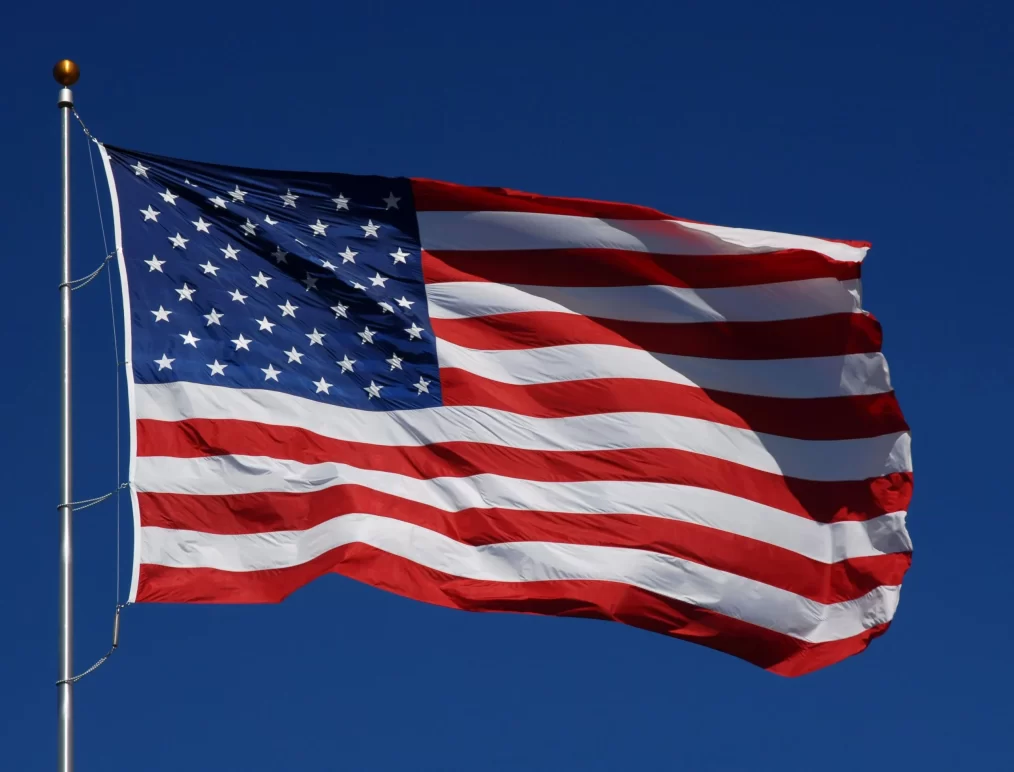The Krakow Post
Efforts to bring stability to Ukraine took a step forward with a recent phone call between the U.S. and Ukrainian leaders. This marks their first conversation since tensions arose over previous disagreements. The discussion followed a separate call between the U.S. and Russian leaders, where a proposed ceasefire was partially agreed upon.
The U.S. reaffirmed its commitment to supporting Ukraine through intelligence sharing, despite external pressures. The dialogue focused on aligning the positions of all parties to move towards a resolution. The U.S. administration emphasized its role in safeguarding Ukraine’s energy infrastructure, considering potential measures to enhance its protection.
During the call, Ukraine reiterated its willingness to engage in a full ceasefire proposal, while agreeing to a temporary pause in strikes on critical infrastructure. This step is seen as a potential pathway to broader peace efforts. However, challenges remain, as reports indicate continued hostilities despite commitments made during negotiations.
The U.S. also pledged to assist Ukraine in securing additional air defence systems, particularly focusing on European stockpiles. This measure aims to strengthen Ukraine’s defensive capabilities while diplomatic efforts continue.
Russia, while agreeing to a partial halt in attacks, defended recent military actions, citing ongoing operations at the time agreements were made. Meanwhile, reports surfaced regarding cross-border attacks, highlighting the complexities in reaching a lasting peace.
Despite previous claims that the war could be resolved quickly, achieving lasting stability has proven more challenging. However, diplomatic channels remain open, and the continuation of high-level discussions signals a commitment to negotiation.
A recent prisoner exchange between the nations further demonstrates the ongoing diplomatic engagement. While such swaps have been a regular occurrence, they are seen as positive steps towards building trust between the conflicting sides.
Moving forward, the restoration of direct communications between Ukraine and the U.S. is expected to play a crucial role in shaping future peace efforts. With continued dialogue, there remains hope for a resolution that balances security concerns and diplomatic progress.



